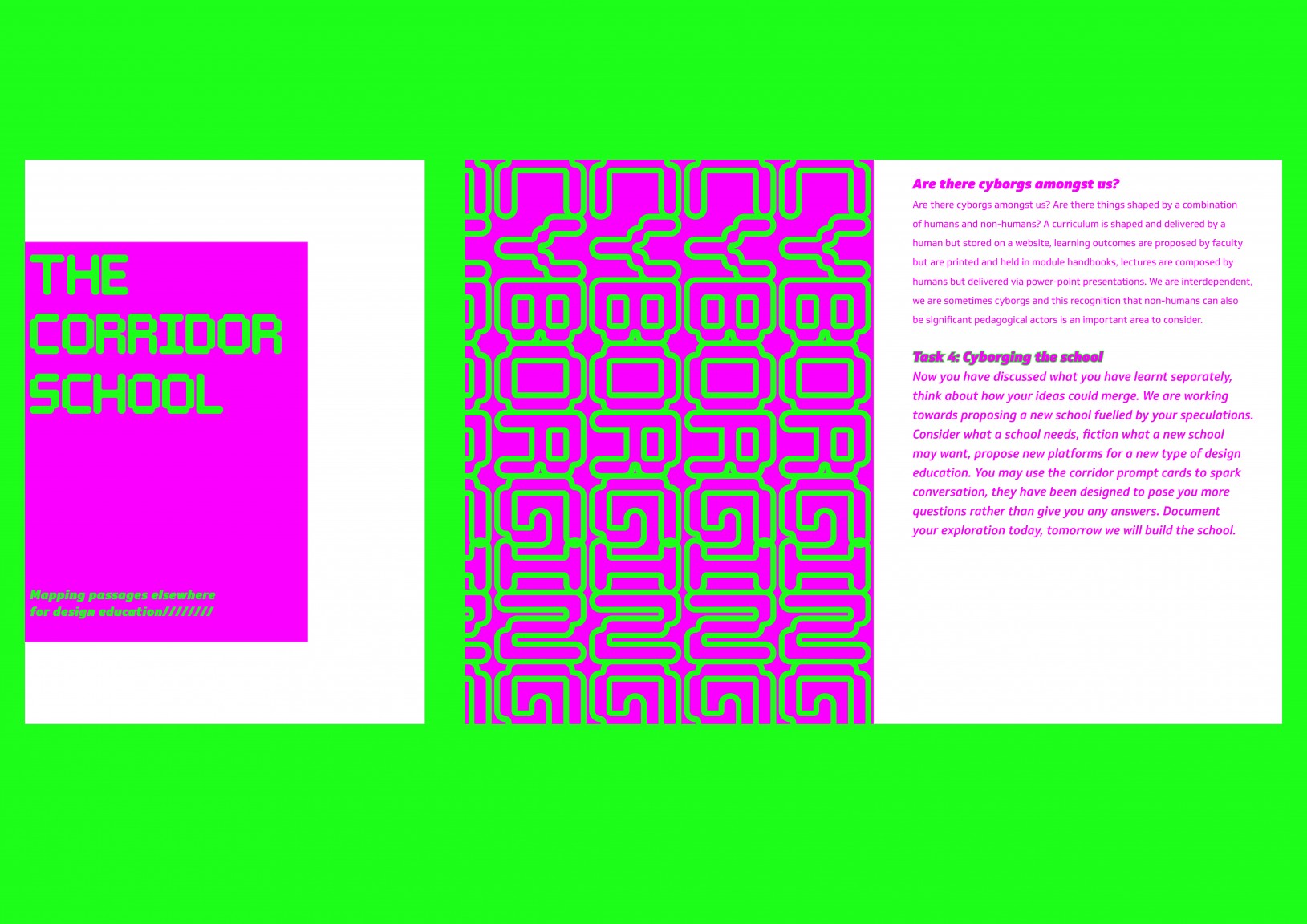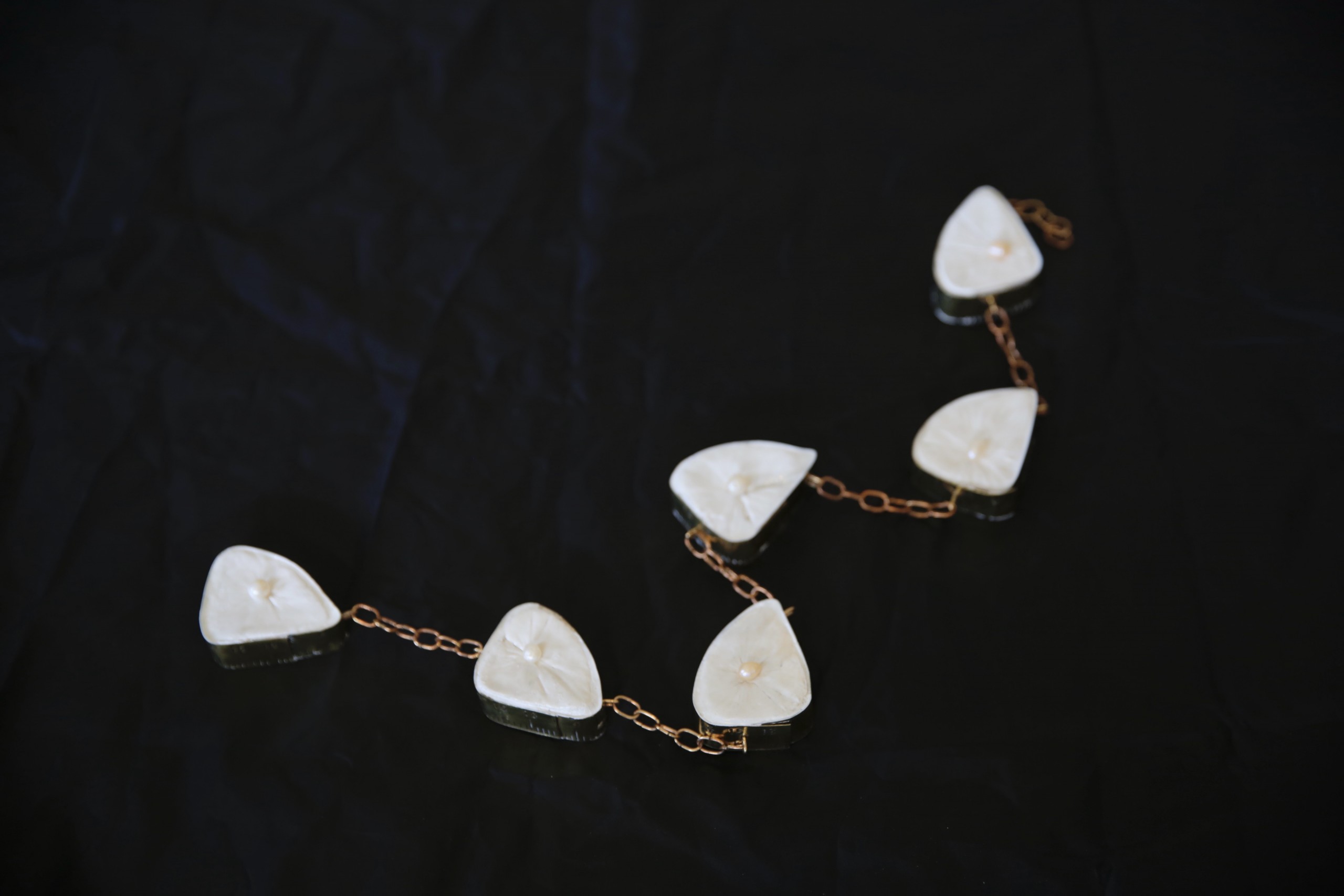

Mapping passages elsewhere for design education.
Layla Gharib’s The Corridor School is a site to examine, dismantle and disrupt the accepted design education paradigms and look towards possible alternatives. The school invites participants to step outside of their formal education for a four-day interval, in which they will work as a collective to map passages elsewhere for design education. The school is nomadic, itinerant, existing in the corridors of institutions. In doing so, allowing participants to be close to the ideas and realities that they are challenging and revealing just how possible it is to critically reconfigure those spaces and structures. The school invites students and educators to join but flattens hierarchies as a starting point, everyone involved is a teacher and a learner, the focus being on communal knowledge production and collective care for one another.
Across the four days, participants will take part in a series of world building exercises in which they will fiction new ways of doing and being in the design school. By the end of the programme, participants will have had the opportunity to enliven the hypothetical and bring form to their speculations. The Corridor School recognizes the interdependence of human and non-human actors in the production of a design education and asks the question of who, and what, come together to create learning experiences. The school invites participants to suspend their disbelief, map out the impractical, sacrifice realism and logic in the hope of discovering corridors that may lead us elsewhere.
Gharib’s research explores how participatory experiences can be curated to examine alternative realities particularly within design education. The Corridor School shows Gharib’s desire to probe the value of institutions and explore how the design school can be used as a site to disrupt traditional ways of doing and thinking. Gharib is interested in the analysis of pedagogical actors and the different forms they can embody, human and non-human, her research often unpicks the significant role of the material world on the shaping of a design student’s identity.






























